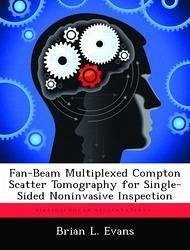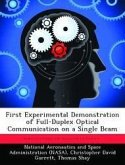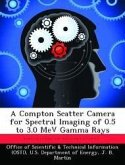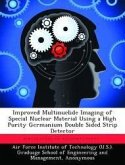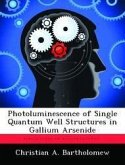Energies, the scattered gamma ray spectra are significantly influenced by the momentum distribution of the electrons in the target, a phenomenon known as Doppler broadening. This broadening is energy-variant and the shape is a function of scattering material. A deterministic system model is developed that implements advanced features such as Doppler broadening, extended source and detector sizes, and the spatially-variant and energy-variant aspects of detector response. These features allow direct simulation without convolving an idealized model with an experimentally-measured detector response function. Likewise, it allows the direct use of measured spectra for image reconstruction without deconvolving the detector response function. Two novel approaches to image reconstruction are developed, one based on filtered backprojection and another based on an iterative technique. The filtered backprojection method requires unfolding a scattering angle distribution from each measured energy distribution. Several iterative methods are described to perform this unfolding step. The iterative image reconstruction method is based on a penalized weighted least-squares (PWLS) linear system solution, but implements a two-level iteration to account for nonlinear implicit dependencies in the system. A demonstration MCST system was assembled from components available commercially. This system includes a 6-element array of HPGe detectors, a 109Cd radionuclide that emits 88 keV gammas, and fan beam collimators developed specifically for this system. It is used to produce the first one-sided MCST images from several aluminum phantoms. This validates the system model and iterative image reconstruction algorithm, and demonstrates the feasibility of the one-sided MCST technique. The response of a next-generation MCST system is simulated. The simulations address such issues as the contrast recovered from various samples, system efficiencies, and counting times.
Hinweis: Dieser Artikel kann nur an eine deutsche Lieferadresse ausgeliefert werden.
Hinweis: Dieser Artikel kann nur an eine deutsche Lieferadresse ausgeliefert werden.

